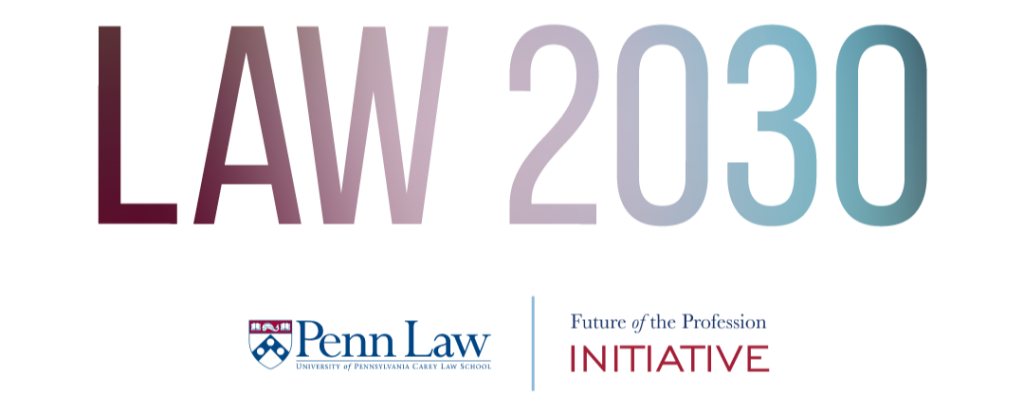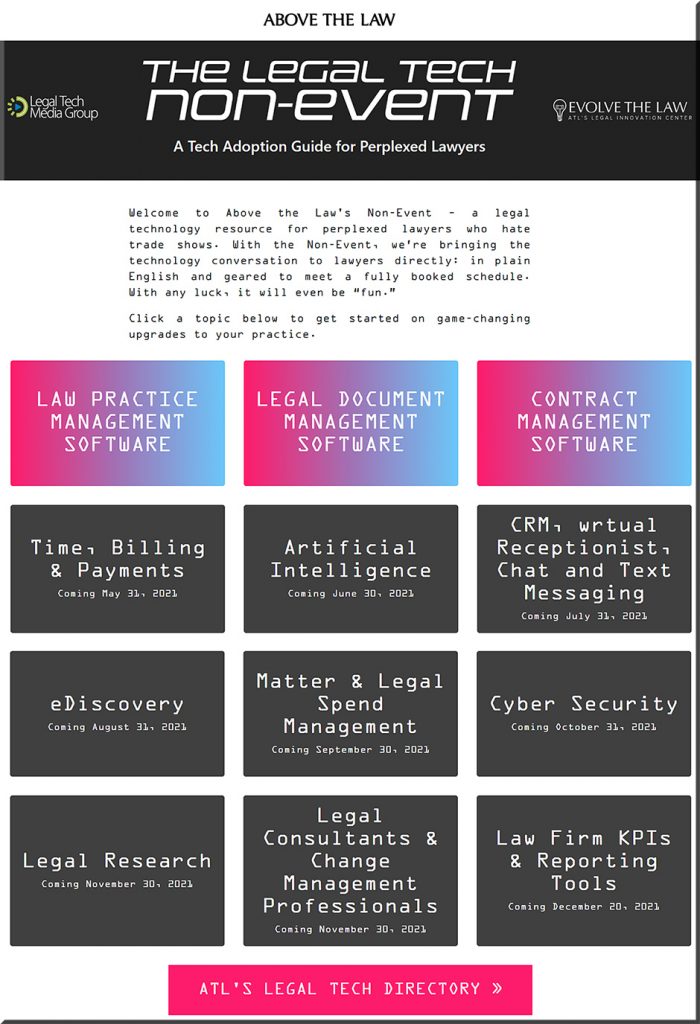
Articles of the month — from the Penn Carey Law School (specifically their “Future of the Profession Initiative’s Monthly Newsletter, May 2021)
- International Group Forms Think Tank To Propel Change In the Legal Business Model
- Less than a Year Later Utah’s Regulatory Reform is Making Positive Change
- Will Top Next-Gen Talent Choose to Practice with Law Firms? (Subscription Required)
- Permitting Alternative Business Structures Could Spur Tech Innovation, Arizona Justice Says (Subscription Required)
- Legal Tech CEOs Urge Lawyers to Keep Innovating Beyond the COVID-19 Pandemic
- Clio Named to Fast Company’s List of the World’s Most Innovative Companies for Broadening Access to Justice Amidst the COVID-19 Pandemic
- The Next (Foreseeable) Disruption for the Legal Industry
- Law on Call Will Launch the First Nonlawyer-Owned US Law Firm
- What is Essential: Legal Design and Client Stories
- Automated Legal Reasoning Could Shape Future of Digital Services
Addendum on 5/6/21:
- The Geek in Review Ep. 116 – Jennifer Leonard of Penn Law’s Future of the Profession Initiative — from geeklawblog.com by Greg Lambert & Marlene Gebauer













